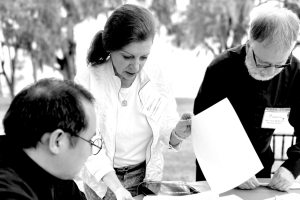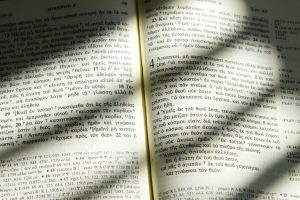Multiple parish pastoring became an issue in the United States in the late 1980s and early 90s as the number of priests started to decline, according to Mark Mogilka, who was the director of stewardship and pastoral services for the Diocese of Green Bay, Wisconsin for 16 years.
"Some bishops proclaimed, ‘We will never close a parish,’ but that forces your hand," he explains. "You have to increase the number of multiple parish pastoring situations."
Mogilka describes six models of multiple parish ministry now being used by dioceses around the country as they plan for the future. The first three depend on a coordinating council to facilitate collaboration between the parishes. One model includes parish life coordinators, the first lay vocation to emerge from this time of crisis and opportunity.
1. Each parish in the cluster retains its pastor, parish and finance councils, and staff.
2. One canonical pastor serves all the parishes; each maintains its leadership structures. The pastor serves one parish primarily while parish life coordinators care for the other parishes in all areas except sacramental ministry.
3. One pastor provides leadership and sacramental ministry for all the parishes, which maintain their individual leadership structures.
4. Parishes have one pastor with a centralized team and area pastoral and finance councils.
5. Parishes merge to create a new canonical parish with multiple worship sites. There is one pastor, staff, parish council, and finance council.
6. Parishes are merged, churches closed and properties sold, and a new church is built.
Mogilka is quick to say that different models may be favored by different people. A pastor, for example, might prefer the second model, where he can focus on one community and entrust the care of the others to qualified local leaders, or the fourth, where he has a centralized team in one office.
Parishioners, on the other hand, says Mogilka, might appreciate the third model, in which their parish maintains its own leadership structure and they perceive less risk of losing their identity.
This article appeared along with "Roamin' Collar: Multi-parish priests" in the Marcy 2009 issue of U.S. Catholic (Vol. 74, No. 3, pages 29-33).











Add comment